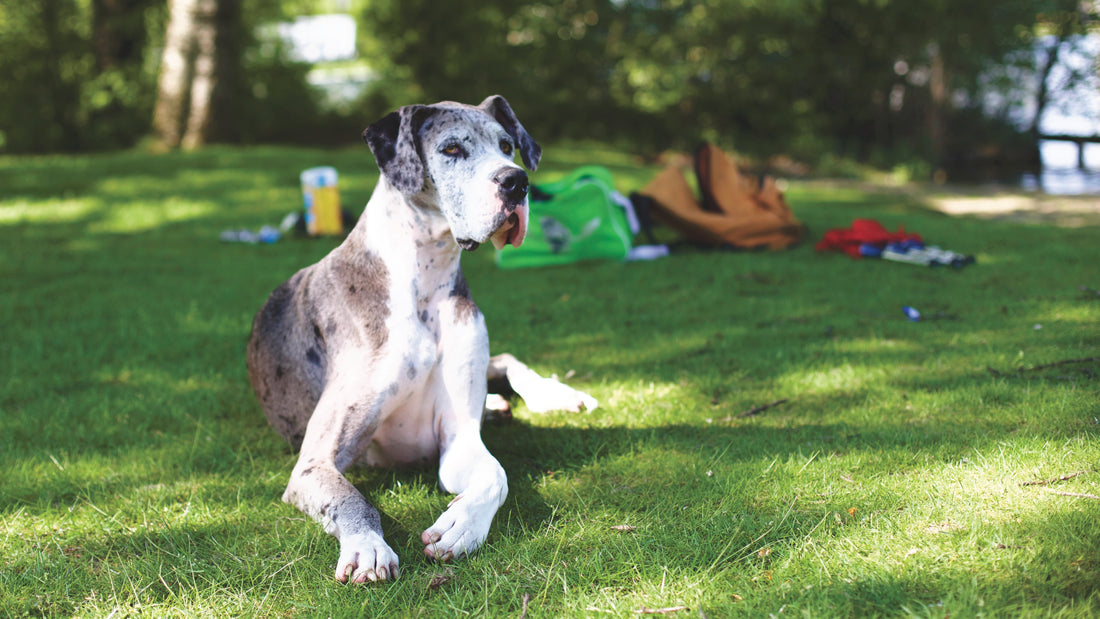
Dog Care Tips for Fur Baby Parents
Share

When you are thinking about adopting a pet, are you looking for important information on how to care about them? Nowadays, lots of people have adopted dogs, mostly because during the “stay home” situation they didn’t want to be alone, but many of them haven't had furry friends before.
We collected a couple of tips for beginners which can help during the fall and the winter seasons as well.
A dog can be a wonderful addition to any home, but whether you're an experienced pet parent or a first-time adopter, it's important to keep your canine companion's health and happiness a top priority.
How many times should I feed my dog?
Please limit "people food" because it can result in vitamin and mineral imbalances, bone and teeth problems and may cause very picky eating habits and obesity. Always provide clean, fresh water and be sure to wash food and water dishes frequently!
- Puppies eight to 12 weeks old need four meals a day
- Feed puppies three to six months old three meals a day
- Feed puppies six months to one year two meals a day
- When your dog reaches their first birthday, one meal a day is usually enough
- For some dogs, including larger canines or those prone to bloat, it's better to feed two smaller meals
I have a small dog, should I do exercises with him/ her?
Dogs need exercise to burn calories, stimulate their minds, and stay healthy. It doesn't matter if you have small or large dog, movement is important for them! Exercise can help to avoid boredom in your dog.
I have an indoor dog, where is the best place to sleep?
Your pet needs a warm, quiet place to rest, away from all drafts and off the floor. A training crate or dog bed is ideal with a clean blanket or pillow placed inside. Wash the dog's bedding often. With this you can avoid the flea infestation in your home! If your dog will be spending a lot of time outdoors, be sure they have access to shade and plenty of cool water in hot weather, and a warm, dry, covered shelter when it is cold.
How to Keep Your Dog Warm Outdoors
A dog’s normal body temperature should fall within the range of 100.5°F to 102°F, which is why it’s essential to wrap your dog up if you’re taking them outdoors in icy weather. If their temperature gets lower than this, they’re at risk of contracting hypothermia, which can cause significant health problems.
How can I prevent ticks and fleas? Is it important at winter as well?
Checking for fleas and ticks daily during warm weather is important, but don’t forget the proper protection against these annoying parasites during fall and winter time! Cold seasons don’t matter for ticks and fleas, they are not sleeping, just hiding in warm and humid environments like a pile of leaves and waiting to attack your pet. There are more infections in the cold seasons because most people don’t pay enough attention on prevention.
There are several new methods of flea and tick control like chemicals (spot on, collar, pills, sprays), the bio repellents like geranium oil, garlic pills, and there is the ultrasonic technology against ticks and fleas which can be a good solution for those who use chemicals and those who are not. You can use it beside chemicals, it is 100% safe and has no reactions with the drops or spot ons!
Prevention is more important than ever because ticks and fleas mean a whole-year problem now!



Check out our chemical-free Tickless flea&tick repellent products!
